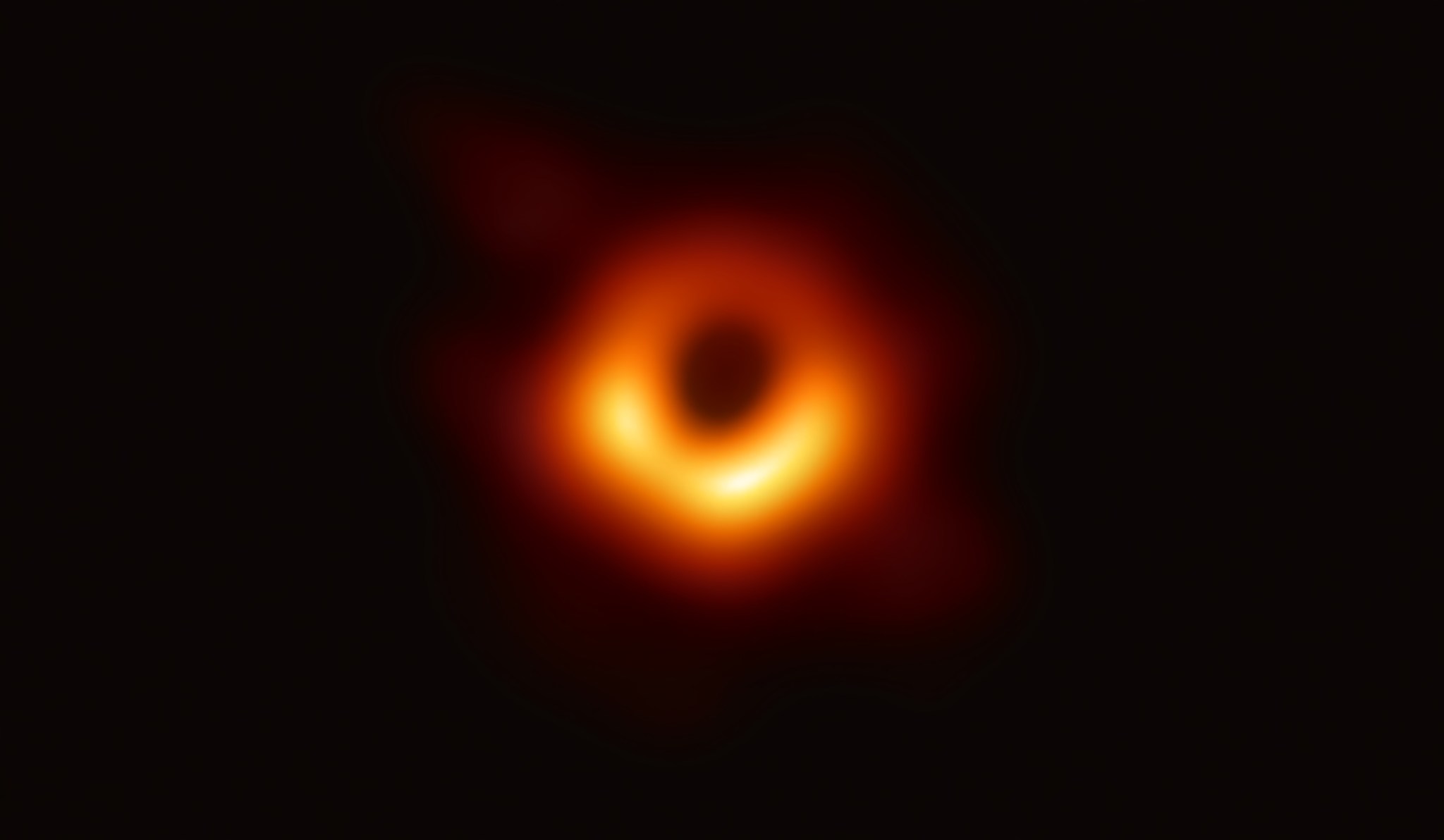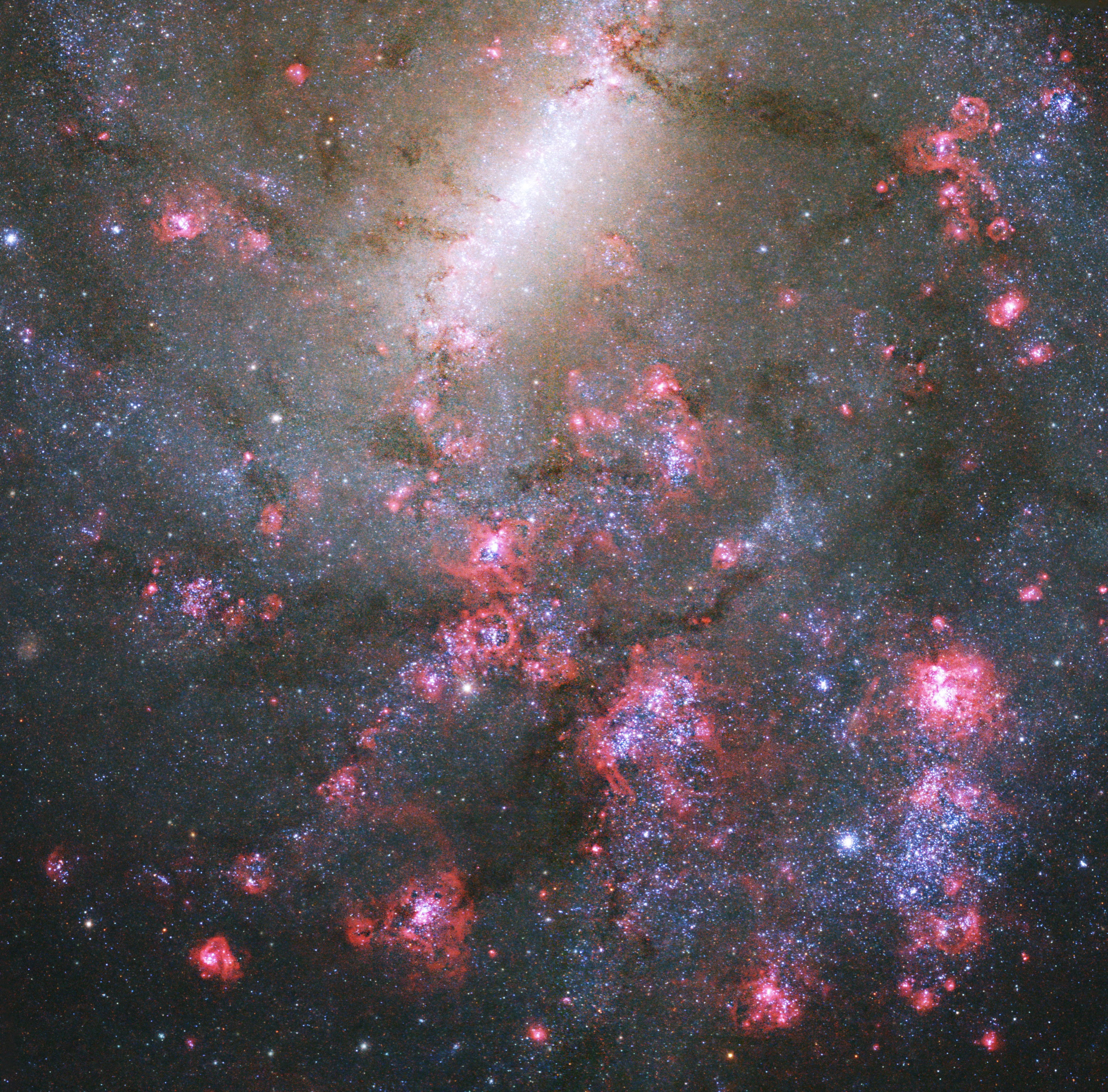
What Are Black Holes?
Black holes are astronomical objects with a gravitational pull so intense that nothing, not even light, can escape their grasp. This phenomenon occurs because the escape velocity at the black hole's event horizon exceeds the speed of light, making them invisible to direct observation. Instead, black holes can be inferred through their interaction with surrounding matter, which can emit X-rays and other forms of radiation as it spirals into the black hole, forming an accretion disk surrounding the event horizon[2][9][11].
Essentially, a black hole can be seen as a region in space where gravity is incredibly strong, creating a 'hole' in the fabric of space-time. The event horizon marks the boundary beyond which anything that crosses is irretrievably drawn into the black hole, heading toward a point known as the singularity, where density becomes infinite[1][8][10].
The Formation of Black Holes
The formation of black holes is closely linked to the life cycle of massive stars. When a massive star (typically more than about three times the mass of the Sun) exhausts its nuclear fuel, it can no longer support itself against gravitational collapse. The core becomes unstable, collapses under its own weight, and ultimately results in a catastrophic explosion called a supernova[3][4][8].
In this process, if the remnant core of the star is sufficiently massive, it continues to collapse, compressing all of its mass into an infinitely small point, thus creating a black hole. This phenomenon is rooted in the principles of general relativity, which describe gravity as a curvature of space-time caused by mass[1][11].
Types of Black Holes
Black holes can be categorized into several types based on their mass and formation mechanisms:
Stellar Black Holes: These are formed from the remnants of massive stars after a supernova. They typically have a mass ranging from three to several tens of times that of the Sun[1][2][6][7].
Supermassive Black Holes: Found at the centers of most galaxies, these enormous structures can have masses ranging from hundreds of thousands to billions of solar masses. Their formation mechanism is less understood, but it is believed they may grow by accreting material or merging with other black holes[4][10] or could potentially have originated as intermediate-mass black holes[3][4][10].
Intermediate-Mass Black Holes: These black holes exist in between stellar and supermassive black holes, with masses ranging from hundreds to thousands of solar masses. Evidence for their existence is still being gathered[2][4].
The Role of Black Holes in the Universe

Black holes play significant roles in the evolution of galaxies. Their immense gravitational forces influence the orbits of stars and the dynamics of gas and dust in their vicinity. As matter falls into black holes, it can produce powerful emissions that allow astronomers to detect them indirectly[3][8].
Furthermore, the merger of black holes produces gravitational waves—ripples in spacetime that have been observed by facilities like the Laser Interferometer Gravitational-Wave Observatory (LIGO)[2][11]. These events not only provide evidence of black holes but also offer insights into the properties of gravity.
Observational Techniques
Despite the challenges in studying black holes directly, several methods have proven effective:
Accretion Disks: The swirling disks of gas and dust that form as matter spirals into a black hole emit light across various wavelengths, making them detectable by telescopes[7][9].
Gravitational Waves: The detection of gravitational waves from merging black holes has opened new avenues for understanding these cosmic giants[8][10].
Imaging: The Event Horizon Telescope successfully captured the first image of a black hole at the center of the M87 galaxy in 2019, offering a groundbreaking visual confirmation of their existence[5][6][10].

title: 'black holes' and caption: 'a black hole in space'
Conclusion
Black holes remain one of the most fascinating subjects in astrophysics, posing profound questions about the nature of gravity and the fundamental laws of physics. Their formation from massive stars serves as a crucial link in the cosmic cycle of matter, and ongoing research continues to illuminate their characteristics and impact on the universe. Understanding black holes not only enhances our grasp of the cosmos but also challenges our very understanding of reality itself.
Get more accurate answers with Super Pandi, upload files, personalized discovery feed, save searches and contribute to the PandiPedia.
Let's look at alternatives:
- Modify the query.
- Start a new thread.
- Remove sources (if manually added).